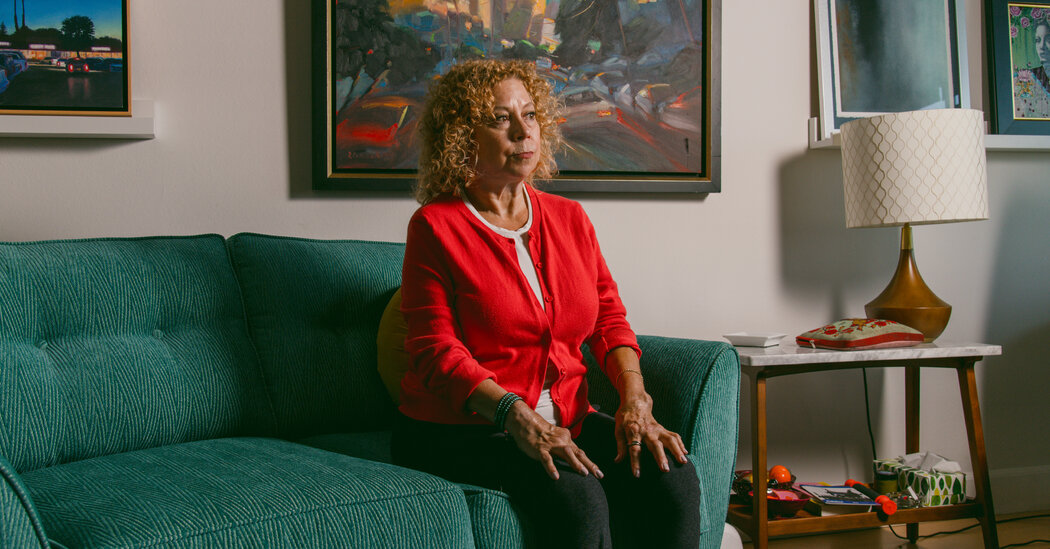For millions of Americans, paying for the treatment needed to manage their diseases can become its own lifelong problem.
Karen Mancera ended the phone call in a panic. In July, she was informed that she was being dropped from a program that allowed her to get free infusions of a medication she needed to keep her chronic inflammatory bowel disease at bay.
Without the medication, the symptoms of her disease, called ulcerative colitis, could be debilitating — persistent diarrhea, fatigue, abdominal pain and blood loss so severe she had once been hospitalized. But Johnson & Johnson, which manufactures the medication, Remicade, and runs the program that helped cover the cost of the drug, said she hadn’t submitted the necessary paperwork.
Ms. Mancera, 26, said she’d never received it. (Johnson & Johnson said it could not discuss an individual patient’s case, but it would be willing to discuss Ms. Mancera’s eligibility with her.)
Because Ms. Mancera’s insurance didn’t cover Remicade, she would be left to pay thousands of dollars out of pocket. As a doctoral student, that wasn’t feasible. Her annual income was under $50,000. So she turned to steroids, a much less effective alternative, she said.
“I feel very powerless,” Ms. Mancera said.
Ms. Mancera is among the estimated 129 million Americans who deal with a major chronic disease, like a heart condition or an autoimmune disease. Women are even more likely than men to have such conditions. For many, the cost of treating those diseases month after month, year after year, can prove to be its own chronic problem — one that can fill people with fear and lead to drastic measures and risky trade-offs.
“I will get through whatever this body does or takes me through,” said Shannon Hart, 59, who has had rheumatoid arthritis since she was a child. “But it’s the financial part of it that scares me.”
